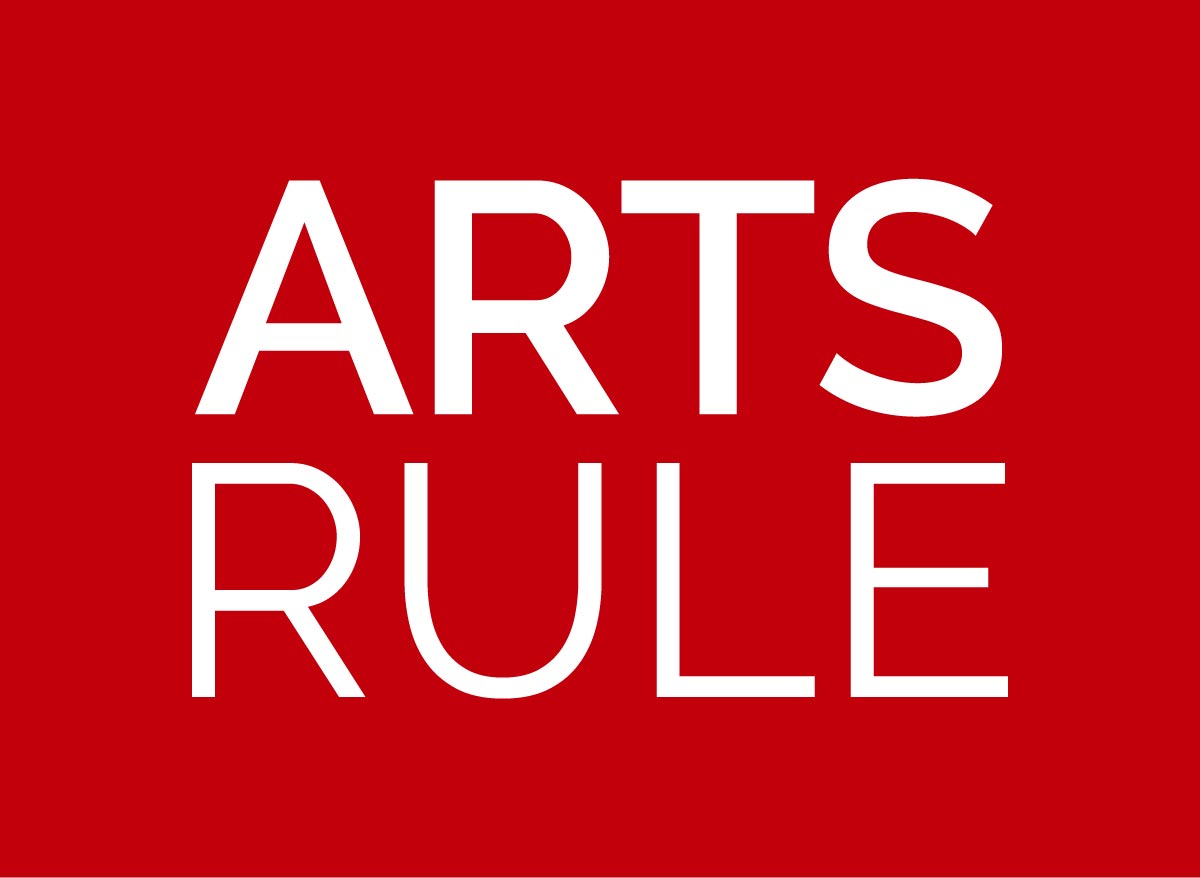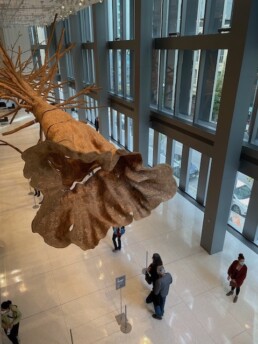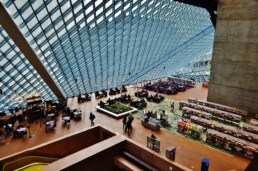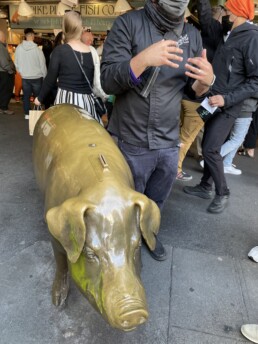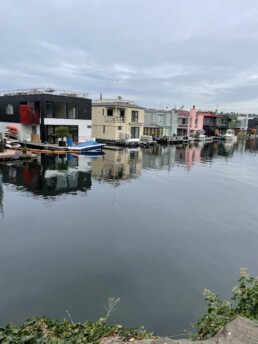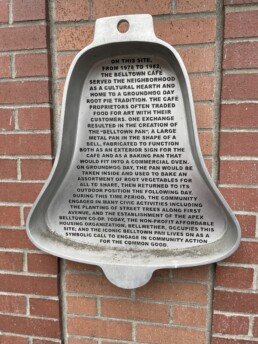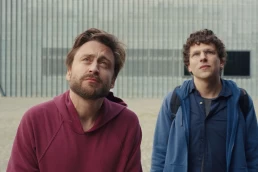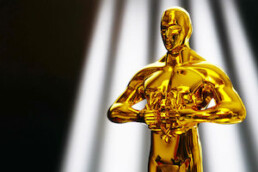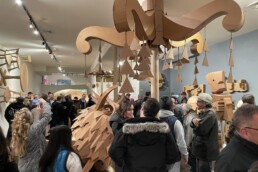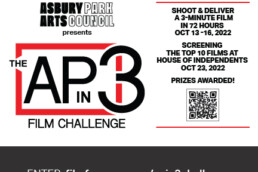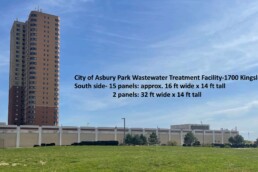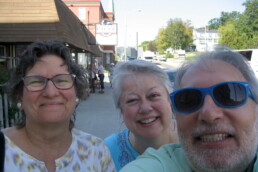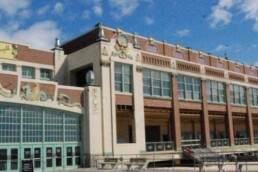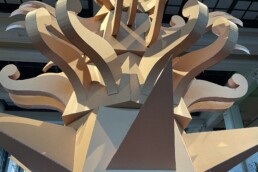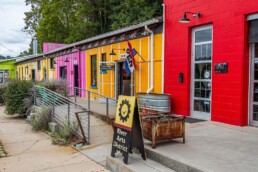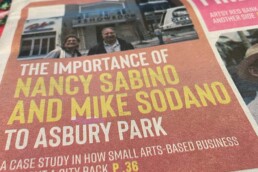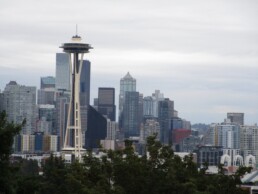
Mike’s View:
I started the trip to Seattle, WA with this view in mind, from the Seattle Visitor website:
“From the moment you set foot in Seattle, you can feel it: art is everywhere. The thriving arts scene is a priority in this city—in fact, Seattle has been recognized for having more arts-related businesses and organizations per capita than any other metropolitan area in the U.S., according to Americans for the Arts.”
Needless to say, we were VERY excited to tour downtown Seattle and feel the vibe. Seattle is no where near the population of Asbury Park – in round numbers 750,000 versus 15,000. not a fair comparison to the seaside town where art is its economic engine. However, upon arriving in the downtown, the impression is more dystopian than artistic. Dozens of very tall buildings are empty, under renovation, for lease or sale. Homeless people wander the streets, sleeping in doorways, modern day zombies.
Time has not been kind to the city that built the Space Needle for the 1962 World’s Fair.
A merchant in the Pioneer Square area, informed us the “city grew too big too fast” and started its descent in 2014. This historically significant area seems the ideal setting for galleries and loft studio space, but really caters to the sports teams and homeless encampments. The pandemic in 2020 was just the capper to throw the city into desolation.
Yet, the latest reports have Seattle booming in the real estate market with companies like Amazon, Expedia, Microsoft and Zillow expanding their roots while Google and Facebook are also setting up shop. But most of this expansion is in outlying neighborhoods away from the downtown. From a street-view, there’s still plenty of space available in the city proper, but a recent NYT article explains otherwise.
Seattle has its hot spots – Pike Place Market is definitely the tourist “boardwalk” akin to AP. Here, the creativity is culinary, with specialty food pairings taking flight among the tourists and buskers. But the claim of arts centricity is, in my opinion, a bit overblown, there was so little evidence of art-at-work on a daily basis, in our four day swing through town, and we were looking for it.
Nancy’s View:
A trip to the Pacific city of Seattle, WA filled up a warm October weekend, when, after our third booster shot, travel seemed less hazardous. Mike and I were excited to visit a city with art, museums and sculpture mingling in the downtown. Coming out of the pandemic, the city seemed poised to resume its self proclaimed position as the most art centric city. But aside from large edifices like Seattle Art museum, a Frank O. Gehry designed Museum of Pop Culture and a Central Library building designed by Rem Koolhaas, we had a hard time finding small galleries, murals or installs in the downtown.
Granted that Pike Market Place – the city’s farmers market and major tourist attraction – has crafts, which have grown up along side the food stalls, indicating that one success (food stalls and restaurants) are capable of spawning others. Buskers on the street corners in front of stores was the only actual example of performance art we found. The brass pig statue is used as a way to fund the marketplace, tourists are encouraged to feed Rachel their spare change for a photo with her.
We were told that tech is bringing in new blood for housing and this young, hardworking population seems focused on good jobs, sports teams and restaurants, not, it seemed on the arts and culture. A city as big as Seattle has soaring rents and major renovations going on downtown but the neighborhoods further away are where growth is visible, as space and community become more desirable than being in the middle of the city.
As in other big cities, smaller neighborhoods further out are being developed with their own personalities, drawing on those who enjoy converted warehouse space, high rise condos, great views or life on the waterways. (photos of house on the water) Art and artists living within communities usually develops because it is a cheap space to live or a good place to sell art to those buying upscale residences.
The museums attract out of town tourists and are unique, well curated and attendance is growing. The art installations are impressive, and the exhibitions crowd pleasing. Quirky outdoor pieces like the troll under the highway bridge, in a local neighborhood, obviously bring tourists. The performing arts are said to be coming back more slowly as with all assembly space functions – theater, dance, concerts – the audience is still reluctant to jump back in, hitting the high attendance numbers of 2018. When asked why the decline in entertainment, most said COVID, but others say the writing was on the wall even before.
Seattle is scrappy, the history tells of rebuilding after floods, fires and earthquakes, and a deep harbor means it has and will continue to be a shipping hub, with cruise ships dropping anchor regularly during the season, as many as 7 in a day! Art flourishes where there is money and Seattle is building as if the money is coming back. We’ll revisit the city in a few years, for now, in my opinion, it has a way to go to having art on the streets in the downtown.
How have you found this city recently?
